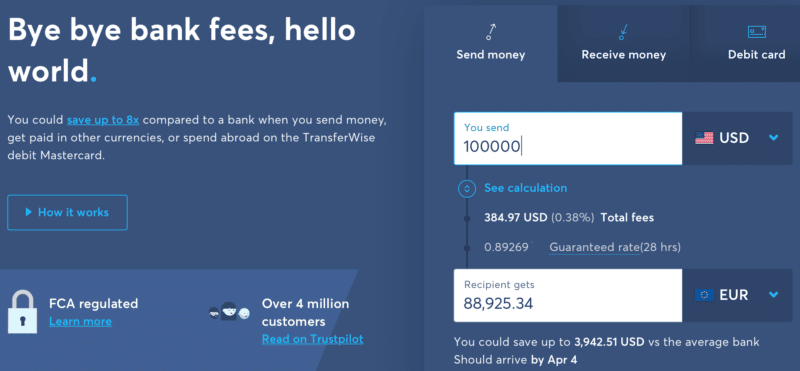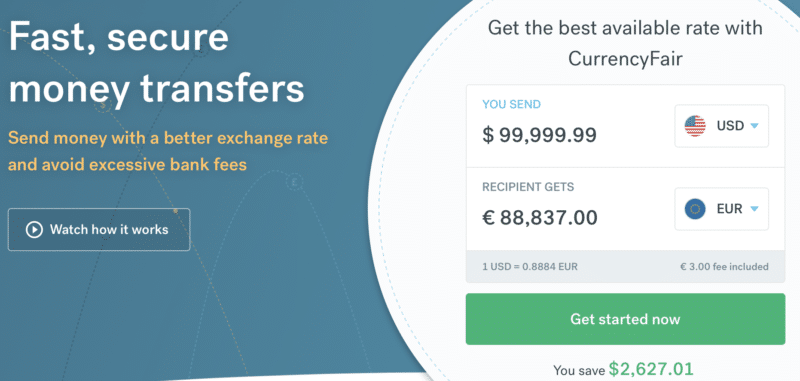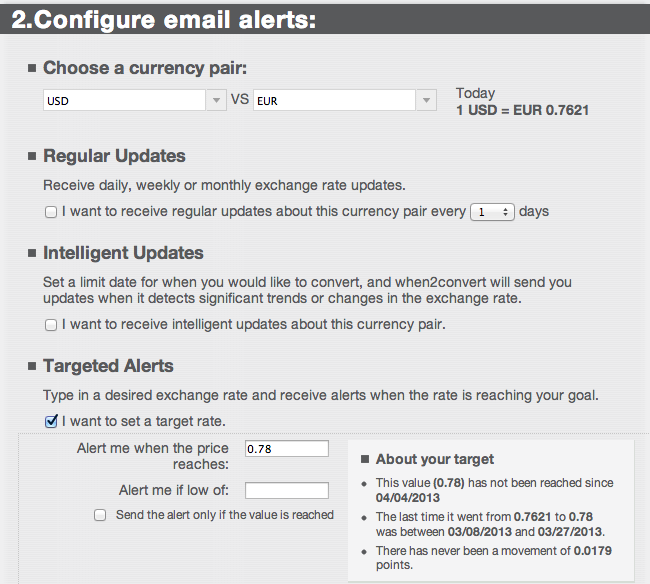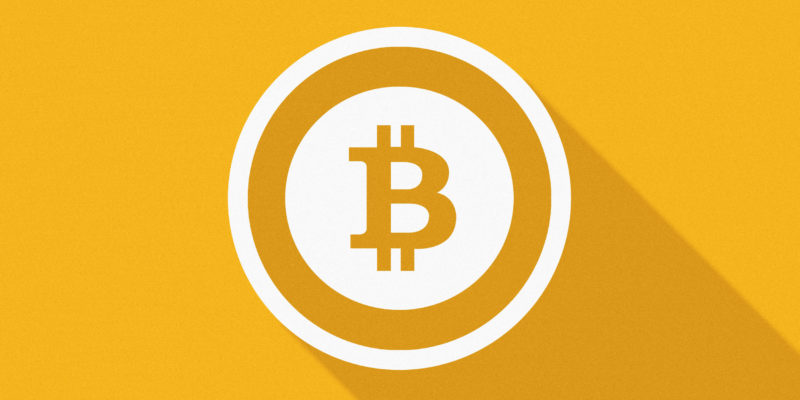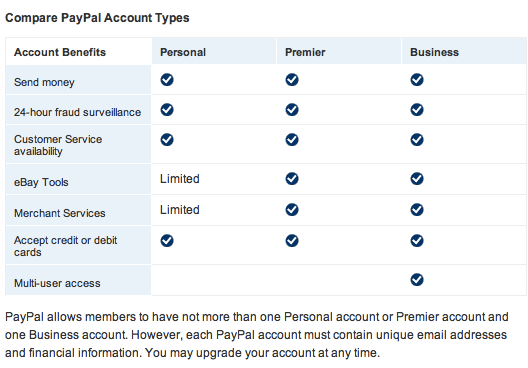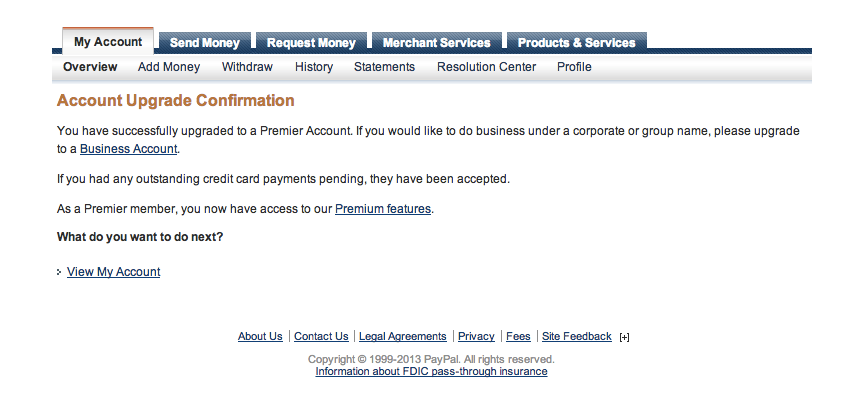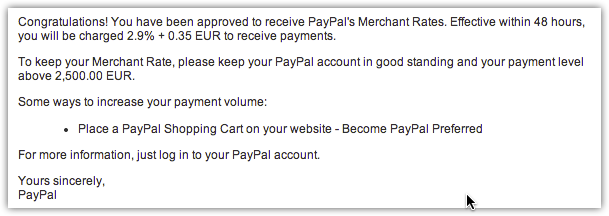Ever wondered what it takes to be a successful entrepreneur? This infographic from StartupBros attempts to answer this interesting question. There are a lot of factors that come into play and there’s definitely a strong element of luck too. Many success stories are all about being at the right place at the right time.
If I had to list the four most important factors for my success, they would be:
- An excellent and broad education (both school and family)
- A compulsive need to think and do things differently than the rest
- Travel and exposure to alternative cultures and ways of thinking
- An unquenchable thirst for knowledge, mostly satisfied through reading and networking
 After spending several years traveling as a digital nomad in search of an ideal place to settle in, our choice fell on Barcelona.
After spending several years traveling as a digital nomad in search of an ideal place to settle in, our choice fell on Barcelona.


